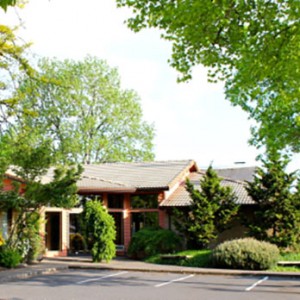Dry Needling: A Therapy for Chronic Pain Management

Imagine living with chronic pain severe enough to be somewhat debilitating. You might get to the point where you are ready to accept a lifetime of pain medication just to get relief. This scenario is actually more common than most of us realize. Chronic pain is a growing problem in America that requires more than just medications to address.
There is an emerging therapy being used by naturopaths known as dry needling. It’s not something we do yet in our clinic, but we are keeping a close eye on the therapy to see what evidence future studies produce. Right now, most of the evidence we have in support of dry needling for pain management is anecdotal.
There have been a few studies looking at dry needling in the past, but the results have not been conclusive. This has led physical therapist Matt Briggs and his colleagues at the Ohio State Wexner Medical Center to instigate a rigorous research study to determine, scientifically, whether dry needling is effective for chronic pain management related to a condition known as ‘runner’s knee’. If their study proves conclusive in favor of the therapy, Briggs and his colleagues may motivate others to conduct broader studies.
The Basics of Dry Needling
Dry needling is considered by some to be a subcategory of Western medical acupuncture. Whether it is or not, there is one significant difference between the two therapies: dry needling is not related to Eastern medicine in the sense that practitioners are trying to redirect the flow of natural energy within the body. There is no qi involved here. Rather, it is believed that dry needling may offer pain relief by stimulating muscles to relax or by encouraging blood flow to the affected area, which would, in turn, promote natural healing of damaged tissue.
The practice of dry needling usually includes the same kinds of needles acupuncturists use. Needles are gently inserted directly into the body at the precise point of pain. So in the case of runner’s knee, the needles are applied to the knee rather than the acupuncturist’s energy points.
A study published in 2011 was given a 3 out of 5 grade by the American Physical Therapy Association for effectiveness, based on anecdotal evidence. Another study from 2005 looked at 35 cases of acupuncture and dry needling as treatments for chronic back pain. That study showed that dry needling might be useful when accompanied with other treatments. In both cases, researchers made it clear that their studies did not even come close to answering the question. More thorough, larger-scale studies need to be done to fully understand whether dry needling is an effective way to address pain or not.
Low-Risk Option for Pain Management
At this point, we cannot say one way or the other if a patient should try dry needling. But we can say that it is a very low-risk option for those who do want to give it a chance. Furthermore, anecdotal evidence does show that some patients have benefited from the treatment.
Our only word of caution here is that patients who do decide to try dry needling only work with trained, licensed professionals. With the exception of minor bleeding and post-treatment soreness, patients should not have any trouble with side effects after treatment.
Should dry needling proof to be effective for pain management through future broad-based studies, it is likely more naturopathic doctors will begin offering the treatment. This would give chronic pain patients another option that can be weighed against long-term use of pain medication.









